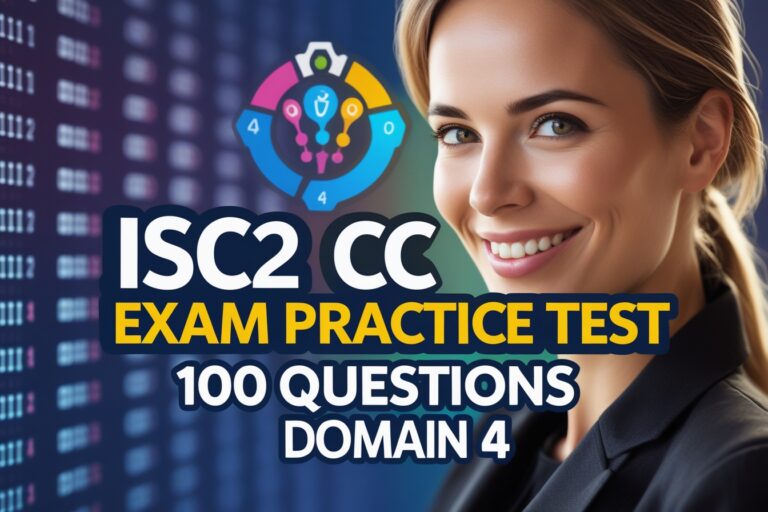1) Which of the following is not the requirement of the routing function?
A. Correctness
B. Robustness
C. Delay time
D. Stability
2) The ……… protocol allows the administrator to assign a cost, called the metric, to each route.
A. OSPF
B. RIP
C. BGP
D. BBGP
3) If there is only one routing sequence for each source-destination pair, the scheme is known as …..
A. static routing
B. fixed alternative routing
C. standard routing
D. dynamic routing
4) The Open Shortest Path First(OSPF) protocol is an intra-domain routing protocol based on …….. routing.
A. distance vector
B. link state
C. path vector
D. non-distance vector
5) An/A ……….routing scheme is designed to enable switches to react to changing traffic patterns on the network.
A. static routing
B. fixed alternative routing
C. standard routing
D. dynamic routing
Read Also: Solved MCQ on TCP/IP and UDP in Computer Networks set-1
6) The Routing Information Protocol(RIP) is an intra-domain routing based on ……..routing.
A. distance vector
B. link state
C. path vector
D. distance code
7) The term …….. refers to which node or nodes in the network are responsible for the routing decision.
A. decision place
B. routing place
C. node place
D. switching place
8) In ……. routing the least cost route between any two nodes is the minimum distance.
A. path vector
B. distance vector
C. link state
D. switching
9) For centralized routing the decision is made by some designated node called ……
A. designated center
B. control center
C. network center
D. network control center
10) For purposes of routing, the Internet is divided into …….
A. wide area networks
B. autonomous networks
C. local area networks
D. autonomous system
Read Also: Objective Questions on Routing protocol in computer networks set-3
11) In ………. a route is selected for each destination pair of nodes in the network.
A. flooding
B. variable routing
C. fixed routing
D. random routing
12) To create a neighborhood relationship, a router running BGP sends an ………. message.
A. open
B. update
C. keep alive
D. close
13) The technique which requires no network information required is…
A. flooding
B. variable routing
C. fixed routing
D. random routing
14) An area is…
A. part of an AS
B. composed of at least two AS
C. another term for an AS
D. composed more than two AS
15) Which of the following produces high traffic network?
A. Variable routing
B. Flooding
C. Fixed routing
D. Random routing
Read Also: Top 20 Objective Questions on Wireless Data Transmission
16) In ……….. routing, we assume that there is one node (or more) in each autonomous system that acts on behave of the entire autonomous system.
A. distant vector
B. path vector
C. link state
D. multipoint
17) When a direct delivery is made, both the deliverer and receiver have the same…
A. routing table
B. host id
C. IP address
D. Net id
18) In OSPF, a ……… link is a network with several routers attached to it.
A. point-to-point
B. transient
C. stub
D. multipoint
19) In ……. routing, the mask, and the destination address are both 0.0.0.0 in the routing table.
A. next-hop
B. host-specific
C. network-specific
D. default
20) In ………. the router forwards the received packet through only one of its interfaces.
A. unicasting
B. multicasting
C. broadcasting
D. point to point
Answers:
1) C. Delay time
2) A. OSPF
3) B. fixed alternative routing
4) B. link state
5) C. standard routing
6) A. distance vector
7) A. decision place
8) B. distance vector
9) D. network control center
10) D. autonomous system
11) C. fixed routing
12) B. update
13) A. flooding
14) A. part of an AS
15) B. Flooding
16) B. path vector
17) D. Net id
18) B. transient
19) D. default
20) B. multicasting
Read Next: Solved MCQ on Routing algorithm in computer networks set-2
Read More: Computer Networking MCQ Questions









